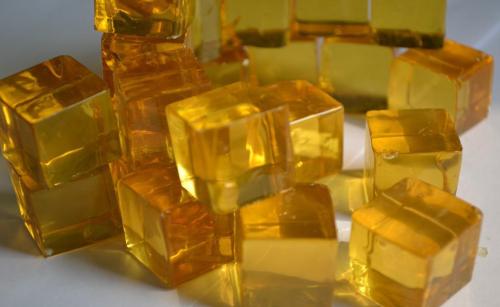| Gum Rosin – Tricyclic Monocarboxylic Acids
Gum Rosin is a residue obtained after distilling turpentine oil from the resin tapped from pine trees, mainly Pinus Palustris and Pinus Caribaea. Depending on the grades, Gum Rosin is a slight yellowish to yellowish red solid. Its typical specifications are as follows:
Gum Rosin is most often used in hot melt and pressure sensitive adhesives, varnish, and printing inks. Natural organic compound, mainly composed of resins, possesses chemical activity when dissolved in many organic solvents. Application: for the manufacturing of soap, paper, paint, and rubber; intermediate materials. 
|
||
| Product Name | Gum Rosin | |
| Synonym | Tricyclic Monocarboxylic Acids | |
| CAS # | 8050-09-7 | |
| Formula | C20H30O2 | |
| Molecular Weight: | 302 |
|
| Packing | In galvanized Iron drums of 20/200kg | |
| Grade | X. WW. WG. X. M. K | |